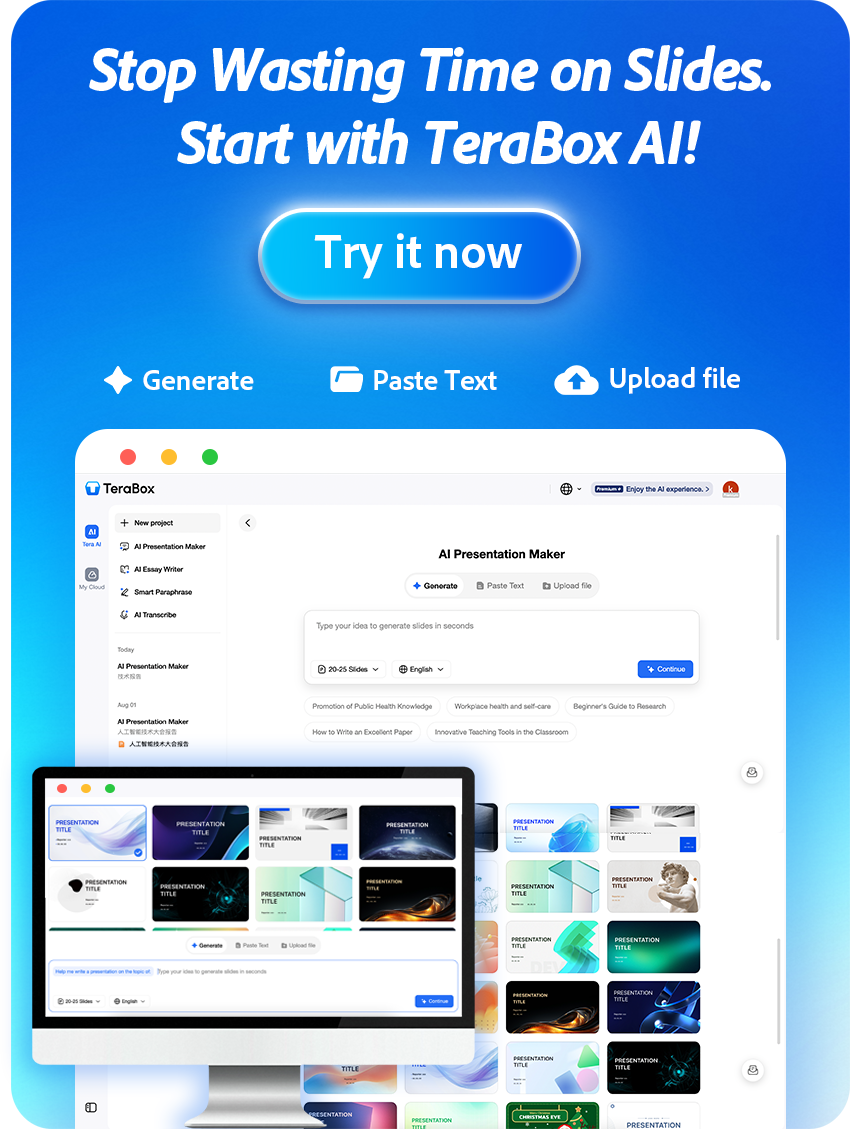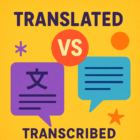Welcome to the new era of text-to-speech. The Trump AI voice generator is trending in 2025 as advances in large speech models, faster processing, and viral social clips make realistic trump voice outputs simple to produce. Creators, educators, and entertainers can convert any text into convincing Donald trump audio for memes, lessons, podcasts, and short-form video — no deep technical skills required.
This voice generator uses modern technology to reproduce lifelike inflection and timing, delivering a distinctive voice experience that boosts social posts, presentations, and creative projects. Why this matters: you can create a punchy 15‑second social clip in under two minutes to test engagement. Read on for features, use cases, a quick how‑to, and practical tips to get the most authentic results — or skip ahead to the comparison and step-by-step guide.
AI voice technology has moved quickly, and in 2025 Trump AI voice generators are getting attention because improvements in model accuracy, faster processing, and viral social media use make creating convincing donald trump audio easier than before. These services combine modern voice cloning techniques with refined AI text to speech pipelines so you can turn plain text into a recognizable trump voice that captures cadence and common inflection patterns.
Who benefits? Practical examples: Creators can produce viral clips and parody videos faster; Educators can make character-driven lessons or memorable audio examples; Entertainers can add iconic-sounding voice segments to sketches or podcasts. These categories often overlap — a single short clip can work as social content, podcast intro, and classroom prompt.
Many platforms now offer easy interfaces so nontechnical users can produce high-quality voice content quickly, though fidelity and controls vary by provider. (Editor note: consider testing leading tools and demos to compare accuracy and licensing.) Below you’ll learn what features to look for, real use cases, a comparison of free vs premium tiers, and a step-by-step guide to create your first clip.
Key Features of Trump AI Voice Generators
When evaluating a voice generator for a Trump-like output, focus on capabilities that separate a novelty from a production-ready tool. Look for features that will directly affect realism, workflow speed, and final audio quality. Top features typically include:
- Realistic voice cloning: Advanced models reproduce Trump’s cadence, emphasis, and intonation. Quick checklist to test: cadence accuracy, natural breaths, and punctuation handling. Example test prompt: “Short, emphatic: We won — tremendous.”
- Adjustable tone, pitch, and speed: Fine controls let you shape delivery (raise pitch slightly for comedic effect, slow speed for clarity). Practical starting point: pitch −2% / speed −7% and A/B test small changes.
- Multi-platform support: Generators that run in browsers, desktop apps, and mobile give flexibility for different projects. Test whether the same settings and quality carry across web and mobile before committing to a workflow.
- Export formats and integration: Expect WAV and MP3 exports and look for APIs or integrations so generated audio can be embedded into video editors or podcast tools. Check sample-rate options (44.1kHz vs 48kHz) if you plan professional production.
- Ease of use: Intuitive interfaces let nontechnical users paste text, pick a trump voice generator preset, tweak controls, and generate clips fast — ideal for rapid content creation.

Practical notes: free voice generator tiers often limit export length and formats, while premium plans add fidelity, controls, and commercial licensing. Typical workflow: paste text → select voice preset → tweak pitch/tone/speed → preview → export. In the next section, compare demos and pricing to decide whether free or premium fits your needs.
Top Use Cases and Scenarios
The Trump AI voice opens both practical and playful possibilities for short-form and long-form projects. Below are the most common use cases for creators, educators, and entertainers, with one-line tips and a short, copy-ready example you can adapt.
- Viral memes and short clips: Pair a punchy one-line trump voice clip with bold captions and a reaction shot for quick social shares. Tip: keep clips under 15 seconds for platform-friendly engagement. Example (copyable): “Huge crowd. Big win. Tremendous energy.”
- Social media content: Use the voice for reels, TikToks, or attention-grabbing intros to pull viewers into longer content. Tip: match tempo to the platform (faster for short-form, slower for explainers). Example idea: a 10–12s intro that teases the main point then cuts to the host.
- Podcasts and voiceovers: Create parody segments, character intros, or comedic commentary using a Trump-like voiceover. Tip: export in WAV for the best podcast-quality audio. Mini-use-case: a 7–10s parody intro to frame a recurring comedic segment.
- Parody and sketch videos: Add authenticity to sketches or satirical pieces with an iconic-sounding voice; clearly label as parody. Tip: pair with visual cues (costume, caption) to make intent obvious.
- Interactive storytelling: Build choose-your-own-adventure clips or chat-driven experiences where the Trump voice reads options or outcomes. Tip: use short sentences for clear branching and minimal confusion.
- AI-powered learning tools: Make lessons memorable by role-playing historical scenarios or reading quotations in character. Tip: slow speed slightly for clarity and comprehension; always disclose the audio is AI-generated.
Example classroom idea: create a 30–60s “history in character” audio reading of a short passage, then use it to prompt discussion. Example social idea: a 12‑second teaser clip that drives viewers to the full episode. Responsible use reminder: always label clips as AI-generated, avoid deceptive impersonation, and verify platform rules and local personality-rights laws when publishing content that imitates public figures or celebrities.

Comparison of Free vs Premium Trump AI Voice Generators
Choosing the right voice generator is about trade-offs between cost, capability, and intended use. The quick five-point rundown below helps decide whether a free or premium trump voice generator fits your project.
1) Voice quality
Premium generators generally produce higher-fidelity synthesis that better captures Donald Trump’s inflection, cadence, and nuance. Free tools are useful for experiments and brief clips, but may sound less detailed or show artifacts on longer passages.
2) Conversion speed
Paid services usually process text-to-speech faster and handle longer scripts with lower latency. Free tiers often throttle or queue requests, so expect slower turnaround when generating many or lengthy audio files.
3) Export formats
Premium tools commonly support multiple formats (WAV, MP3, sometimes AAC/OGG or lossless) and selectable sample rates for production workflows. Free options frequently restrict exports to compressed MP3 or short downloads only.
4) Platform compatibility
Paid platforms are more likely to offer multi-platform support (web, desktop, mobile SDKs or APIs) and integrations with video editors or podcast tools. Free services tend to be web-only and may lack automation or robust integration features.
5) Cost-effectiveness
Free generators are ideal for testing prompts, quick social memes, or proof-of-concept work. Premium plans become cost-effective when you need production-quality audio, bulk conversions, commercial licensing, or guaranteed uptime.
Recommended quick guide: use free tiers to test prompts and produce short 10–15s social clips; upgrade to premium for podcast intros, commercial projects, or when you require WAV exports and faster processing. Try a free demo to validate voice quality, then evaluate a short premium trial if you need higher fidelity or licensing.
Typical exports: WAV (high quality), MP3 (compressed), sometimes OGG/AAC. Typical latency varies by provider — near-instant on premium for short clips, multi-second to multi-minute queues on many free tiers. When evaluating providers, check sample-rate options (44.1kHz vs 48kHz) if you plan to integrate generated speech into professional video or audio projects.

Step-by-Step Guide: Creating Your First Trump Voice Clip
Transforming text into usable audio is fast when you follow a simple workflow: choose generator → input text → adjust settings → preview → export. Below are clear, copy-ready steps plus sample prompts and quick troubleshooting tips.
- Choose your generator: Pick a reliable trump voice generator or voice generator tool. Note if the service requires signup, credits, or a premium plan for longer clips and commercial licensing.
- Input your text: Paste the text you want to convert. Keep lines short—short, punchy sentences convert best for natural timing. Example formal prompt (copy/paste): “Confident, formal: Tonight we stand together — united and strong.” Example comedic prompt: “Boastful, quick: Nobody knew it could be so huge.”
- Adjust settings: Tweak tone, pitch, and speed in small increments. Recommended starting ranges: pitch −2% to +2%, speed −5% to +5%. Use presets (formal/comedic/dramatic) if available and A/B test minor changes.
- Preview the audio: Always listen to a preview before exporting. Fix pacing issues by adding punctuation or breaking long sentences into shorter lines. If the voice sounds robotic, try adding brief pauses (commas/ellipses) or slightly lowering speed.
- Export the clip: Export your final clip in the desired format—WAV for highest quality (ideal for podcasts/video), MP3 for smaller social uploads. Check sample-rate options (44.1kHz vs 48kHz) if you’ll integrate the file into professional video projects.
Troubleshooting quick list: if audio is choppy, test a different preset; if inflection sounds off, add tone directions in your prompt; if timing is rushed, slow speed by 5–7%. Always include a disclosure (label “AI-generated”) when publishing to avoid deceptive impersonation.

Advanced Tips for Realistic Trump Voice Output
To get the most convincing results from a voice generator, apply four focused techniques below. These practical adjustments improve the voice and overall listening experience without complex audio engineering.
1) Craft text prompts for tone and emotion
Be explicit in the text about intended tone and pauses. Good prompt examples you can copy/paste: Formal: “Confident, formal: Tonight we stand together — united and strong.” Comedic: “Boastful, quick: Nobody knew it could be so huge.” A “bad” prompt (too long): “In this long paragraph I want many ideas said quickly without pauses…” — better: split into short lines and add tone directions.
2) Use short, impactful sentences
Short lines let timing and emphasis land naturally. Example: “Tremendous success. Nobody thought we could do it.” For branching interactive scripts, keep each option to one short sentence to avoid rushed delivery.
3) Layer with audio effects or background music
Subtle reverb, light EQ, or a low-level royalty-free pad can add depth and polish. Recommended choices: light orchestral sting for dramatic parody, soft ambient pad for narration. Keep the voice 6–10 dB above any music and use licensed or public-domain tracks (confirm license before publishing).
4) Experiment with pitch and speed for authenticity
Make small adjustments and preview: a typical starting point is pitch −2% and speed −5% to −7%, then tweak by ear. Slightly lowering speed adds gravitas; tiny pitch shifts can improve perceived naturalness. Mobile apps may offer fewer controls than desktop — do A/B tests across devices.
| Tip | Quick example |
| Craft text prompts | “Confident, boastful tone: We did it — unbelievable.” |
| Short sentences | “Huge crowd. Big victory. Tremendous energy.” |
| Layer audio effects | Light reverb + royalty-free cinematic pad under voice. |
| Adjust pitch & speed | Start: Pitch −2%, Speed −7%; preview & A/B test. |
A/B testing checklist: compare two versions and listen for natural cadence, breath placement, and artifact-free consonants; ask a colleague for a blind listen. Micro-guidance for publishing: label clips clearly (for example, “AI-generated — parody”) and follow platform rules. These tips work with most modern voice cloning and cloning tools, though control names and ranges vary across providers.
Conclusion
Trump AI voice generators open new creative paths for content creators, educators, and entertainers by making it simple to convert text into convincing trump voice audio. Used responsibly, these generator tools can add humor, clarity, and character to social posts, lessons, podcasts, and video content, speeding up production and experimentation in modern creation.
Be responsible: always disclose that audio is AI-generated and avoid using generated speech to deceive or impersonate for harmful or fraudulent purposes. Combine multiple tools (editing, effects, music), apply the step-by-step guide above, and follow platform and legal guidelines to produce higher-quality, engaging clips that respect personality-rights and copyright rules.
Recommended next action: try a short, clearly labeled demo—create a 10–15s clip with a copy-paste prompt from the guide and compare a free demo against a premium trial to see which fits your needs. Start small, iterate often, and enjoy the creative possibilities—responsibly.
FAQs
Below are concise answers to the most common questions about Trump AI voice generators, plus quick legal and ethical guidance and a couple of actionable tips.
What is a Trump AI voice generator?
A Trump AI voice generator is a software tool that converts text into audio using synthesized speech designed to resemble Donald Trump’s distinctive trump voice. Creators use these generators to produce short clips, voiceovers, or novelty audio for social and editorial projects.
Are there free Trump AI voice generators?
Yes — several free voice generator options exist for testing and casual use, though they commonly limit clip length, export formats, and audio fidelity compared with paid plans. Tip: use free demos to test prompts and timing before investing in a premium plan.
Which generator produces the most realistic Trump voice?
Premium trump voice generator services that run larger models and more training data usually deliver the most realistic output. Evaluate demos and listen for natural cadence, breath placement, and minimal artifacts when choosing.
How can I make generated Trump voice sound more authentic?
Use short, impactful sentences; add explicit tone and pause directions in your prompt; layer light effects or background music; and make small pitch/speed adjustments during preview. For example, try a WAV export and A/B test two versions to pick the best result.
What formats can I export my Trump voice clips in?
Most platforms offer common audio exports such as WAV and MP3; premium tools may also provide higher sample rates or additional formats for production use. Practical tip: choose WAV for podcast or video masters, MP3 for quick social uploads.











